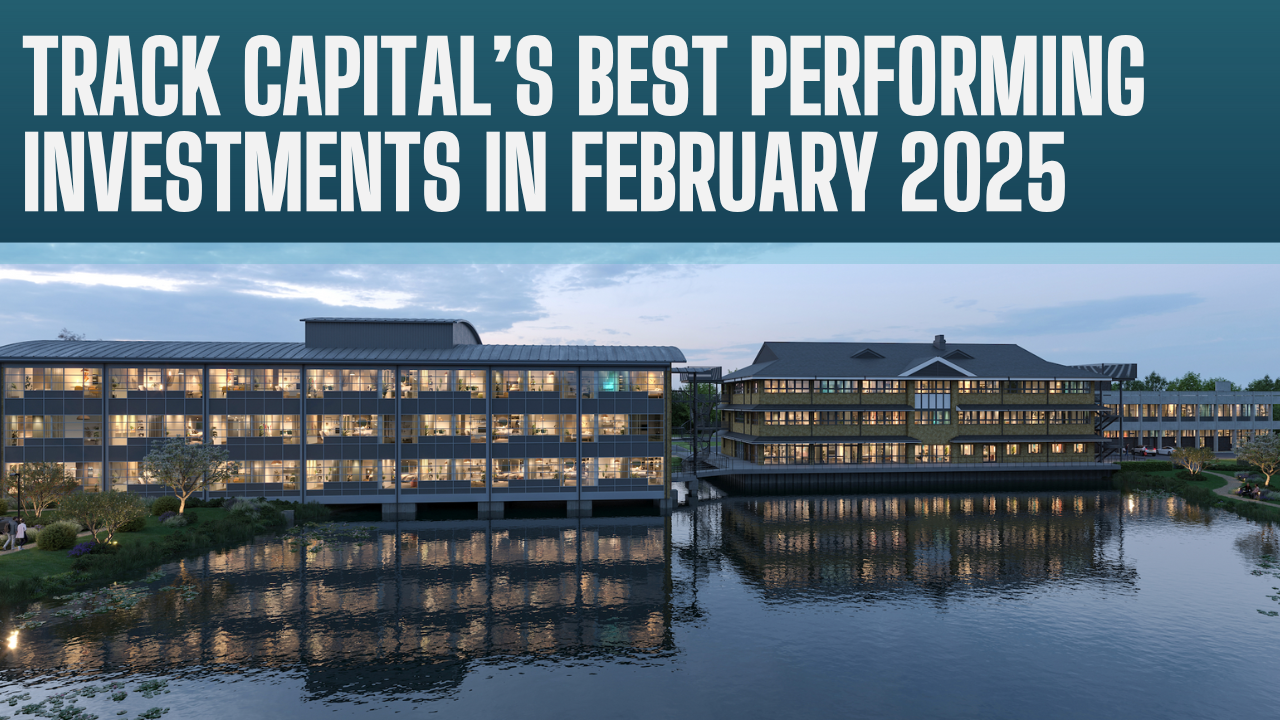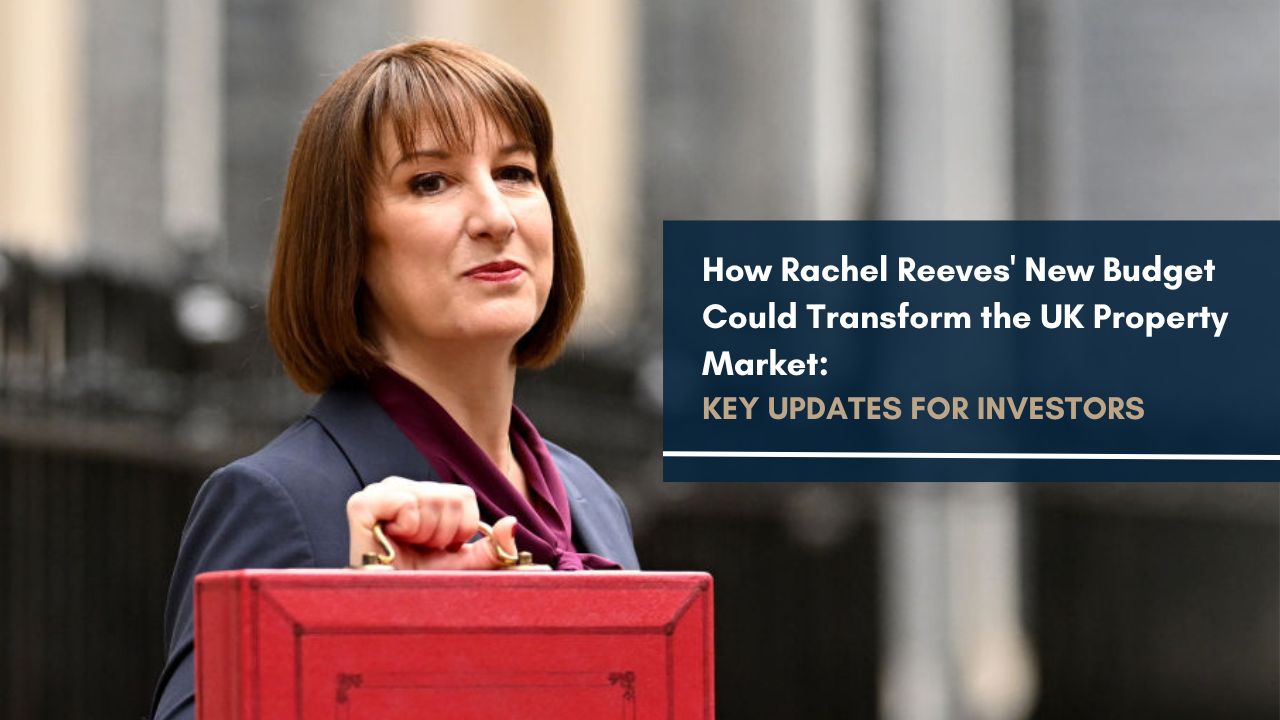It’s been referred to as the best-performing UK asset class in recent years, but is student property investment really a fast route to financial returns or just a fantasy?
There are a few high-profile articles, such as this one, which warn of the perils of investing in this sector, yet there still appears to be huge interest from investors – likely as a result of recent surges in rental prices and a favourable supply-demand ratio. This article sets out what you can expect from your investment both positive and negative, enabling you to consider both sides of the coin and make an informed decision.
And whilst we’ll outline both advantages and disadvantages, please keep in mind that whether Purpose Built Student Accommodation (PBSA) is a good investment, or not, depends entirely on the investor’s personal requirements and objectives, as well as the project specifics including the market in which the scheme is operating.
With that caveat out of the way, let’s look at some of the advantages of investing in student accommodation.
Advantages Of Investing In Student Property
No Stamp Duty
With the entry-level of Student Accommodation typically being below £125k, investors will pay no Stamp Duty rates as introduced by The Finance Act 2016, exceptions do apply.Higher/Longer Assured Returns
New build buy-to-lets tend to come with 0-3 year assured rental returns, both to incentivise investors and to allow large quantities of units to be absorbed into a market without flooding and owners suffering from long voids. With Student Accommodation you will find the yield percentage to be higher and typically for a longer period. It is not uncommon for developers to offer 8-10% NET returns for up to 5 years, this is the headline attraction for many investors.Fully Managed
Student developers will normally appoint a dedicated student accommodation management company to effectively run the entire site. This includes the sales process of letting the properties, managing the entire tenant lifecycle, and maintaining both the rooms/apartments and communal areas of the building. You will find the rate is a lot higher than high street agents for regular residential properties, but due to the extensive communal facilities and inclusive pricing model, it is normally justified.Strong Demand
You will still find that in most University cities across the UK, there is a critical shortage of student accommodation. Many universities have just a couple of thousand dedicated halls of residence rooms, with the remaining students having to go into the residential market, mostly house-shares. This isn’t the case for every city, but there is certainly a nationwide shortage. Cushman and Wakefield are reporting a student-to-bed ratio of 2.1:1 in their 2023 Student Accommodation report.Luxurious Facilities
PBSA is more expensive for prospective students than traditional options but the inclusive agreement and onsite facilities are a huge attraction, bills and Wi-Fi are typically included making it a convenient option. Prime locations, social areas, meeting rooms, gyms, cinema rooms, rooftop terraces, cafes, bars, and often a dedicated social program also drive demand. And with parents often being a big part of the decision-making process (and paying of course), features like onsite 24/7 security, approachable site management teams, secure key card systems, and an efficient maintenance service often mean the parents favour these dedicated student properties. From an investor’s perspective, having a quality product in comparison to market alternatives will bring in the rental income.Positive Press
There are far more positive articles and statistics to support the investment than negative. Major research-focused organisations such as Savills and Knight Frank often report positive data for the market. The following are some examples from this year alone:- Headline rental growth for purpose-built student accommodation increased by 2.6% for the 2021/22 academic year according to Knight Frank here (we’ll update this with data for 2022/23 once it’s published).
- The market has a £85.8bn total value as Knight Frank reported in their Q3 2023 market update. They’re also estimating the market could grow to £104bn by 2028.
- Knight Frank found that institutional investors are bullish on the PBSA sector, with a survey finding that 79% of investors are planning to target their sector in the next five years – believing it will be one of the strongest-performing assets in the UK.
- Even Brexit may have intensified the appetite for UK student housing. The UK saw over £2.1bn transacted after the referendum – Savills reported.




































